Let me just betray my own ignorance immediately: when a good friend said he was getting married in Cartagena, I had absolutely no expectations of the city whatsoever. I was going for the wedding, and didn't really give much thought to what else the destination might hold. I booked a flight (direct out of Fort Lauderdale on JetBlue, and quite cheap, I should note) and started looking for a hotel near the church where the ceremony would be. And as I was searching on Google Maps, those little pictures of the spots you're clicking started popping up – and like a dummy, I realized, "Oh. This place actually looks really nice!"
The heart of Cartagena, the Old Town, is a walled city overlooking the Caribbean coast which has long been attractive to empire builders, tomb raiders, slave traders and pirates. Its winding streets are lined with Spanish colonial buildings and dotted with plazas and churches that date back to the 16th century. About half of those buildings are beautifully preserved; the other half are in a state of often remarkable decay, the kind of ruin porn that draws people to Cuba and Detroit. (With its designation as a UNESCO World Heritage Site, all the facades must be kept intact, though owners will often adapt and re-purpose the interiors).
It is about as picturesque a place as I have ever seen, yet still has the feel of a lived-in city and not some sort of Potemkin village. I was completely charmed by it.
We only had a weekend to explore, and a wedding to celebrate and related events to attend, but in between the festivities, here's what we did while in Cartagena:
(All the places we visited, and many more, are bookmarked in this Cartagena Google Map; you can also see all my pictures from around the city in this Cartagena, Colombia flickr set).
Our home base was the Hotel Quadrifolio, which was two blocks from the chapel in the heart of the Old Town. It's an eight-room boutique hotel in a beautifully restored old 17th century residence. As we checked in – while sitting in what was more of a living room than a lobby, and sipping on delightfully cold, slushy mojitos – we flipped through a picture book with before-and-after shots of the restoration. The transformation is remarkable.
The rooms are all situated around a central courtyard lined with arched passageways. A small indigo-tiled pool is nestled in back. Despite the tropical heat, the A/C in our room blasted at arctic levels, while the bathroom was open-air, with a small garden next to the shower. The decor throughout the property seamlessly merges the contemporary and the pre-Columbian. It was a glorious place.[1]
(There are more pictures of the hotel in this Hotel Quadrifolio flickr set.)
Hotel Quadrifolio
Calle del Cuartel (Cra. 5) No. 36-118, Cartagena de Indias, Colombia
+575 664 6053
We dropped our bags and went exploring the town, running into several other wedding attendees along the way. Though it's less than a mile from one side of the Old Town to the other, we would see something new every time we wandered the criss-crossing streets: an impeccably preserved church here, a beautiful but crumbling facade a block away.
And everywhere there were fruit vendors, with carts stacked with mangoes, papayas, coconuts, pineapples, and other more exotic specimens: maracuya (passionfruit), lulo, tomate de arbol, guava, granadilla and more.
Though we knew there would be food at a reception for the wedding guests that night, I was feeling peckish around mid-afternoon, and we stopped off for our first bite at La Cevicheria. We chose it primarily because it was open in mid-afternoon, and most places in town close at 3pm until dinner service (I get the sense that siesta is still taken pretty seriously here). I learned later that this is on the W.W.B.D. ("What Would Bourdain Do?") list for Cartagena, and I can see why.
Maybe I was especially hungry. Maybe the charm of the town makes everything taste better. Maybe it was their good A/C or their cold beer.[2] But this octopus ceviche, was, in the moment, one of the best ceviches I'd ever had. The octopus hit that satisfying equilibrium between tender and chewy, speckled with diced onions and peppers, all awash in a citrusy marinade stained dark brown by the octopus' pigment. You can also adjust the heat level yourself with a bottle of a really outstanding orange-hued hot sauce that our server was good enough to clue us in on.
La Cevicheria's ceviches are served with saltines for scooping, but for a worthwhile upgrade, get an order of their tostones, the plantains flattened wafer-thin and fried until shattering crisp.
(There are a few more pictures in this La Cevicheria flickr set.)
La Cevicheria
Calle Stuart 714, Cartagena de Indias, Colombia
+57 5 660 1492
(continued ...)

After an evening boat cruise with the wedding party, several of us were still up for another meal; I checked my list to see what was still open, and came up with El Kilo Marisqueria, which unlike many of Cartagena's early-closing restaurants, stays open until 1am.
It was a mixed bag, but mostly good. The ceviches, which came in a variety of preparations both traditional and unorthodox, were all on the good side. We entrusted our waiter to choose for us and he brought a ceviche mixto "El Kilo" in a creamy sauce spiked with aji amarillo; a ceviche de pulpo in a vibrant green salsa verde; and a ceviche de camarones costeño, sort of like a shrimp cocktail in a tangy tomato-based sauce. A few of us ordered a cocktail called the "Black Pearl," which was a deftly executed cross between a margarita and a pisco sour, crowning a mix of tequila and citrus with a head of egg white froth.
Our friend Kurtis bore the brunt of the most of the misses. These included an over-ambitious cocktail that combined whiskey, scotch, a bacon infusion, rosemary and a few other things to produce something that was utterly undrinkable – though to the restaurant's credit, the bartender genuinely wanted to know what was wrong with the drink, and then produced a perfectly respectable Old Fashioned as a substitute. And Kurtis' prawn and crab burger was like hot gefilte fish on a bun (hat tip to David S, I think, for pegging it) – though you can't order something called a "prawn and crab burger" without anticipating at least the possibility of something awful.
But the pulpo a la parrilla was a solid dish, with fat twirls of grilled tentacles perched on a base of smashed potatoes topped with sour cream. And the arroz con camarones y cangrejo (pictured above) was a somewhat unexpected hit, the rice tender and creamy (mounted with butter or maybe mayo, I'm guessing) and generously studded with plump shrimp, crab, squid ringlets, and several little crab claws.
It wasn't the best meal we had in Cartagena, but we did well when we stuck to the simpler things.
(There are more pictures in this El Kilo Marisqueria flickr set; iPhone only, sorry they're so murky.)
El Kilo Marisqueria
Calle Segunda de Badillo #36-51, Cartagena, Colombia
+5 664 1779
The complimentary breakfast at the Quadrifolio ran circles around the usual hotel selection of stale pastries, and was actually one of the eating highlights of the trip. Served in an open-air dining room which lined one side of the courtyard, breakfast started with a choice of sliced fresh fruit: mango, papaya, pineapple, watermelon. Then a few different breads, served with creamy butter and guava jam.
You could choose to have eggs any which way, but the only correct choice was an arepa con huevo: the disk of cornmeal fried once, then split and filled with an egg and some cooked ground beef, the edge sealed, and put back in the fryer until the egg is cooked. Served with a bit of a finely chopped tomato and onion salsa and some sour cream, it was an absolutely delicious way to start the day.
After a couple hours wandering the city, I was ready for a little mid-morning snack. At La Esquina del Pan de Bono, it would seem obvious what to get: the pan de bono, a Colombian bread made with cornmeal, cassava flour and cheese. It's dense and chewy but still springy and not overwhelmingly heavy – the perfect thing to tide you over to the next meal.
And while you perch unsteadily on one of the tiny, colorful stools here, you can also choose from a kaleidoscope of tropical juices, blended with ice and water, as a refreshing accompaniment to the namesake roll. We went with lulo – a/k/a naranjilla, a bright citrusy member of the nightshade family – and mora, a ruby-hued local berry reminiscent of a tart, juicy raspberry.
La Esquina del Pan de Bono
Corner of Calle 36 / Carrera 6, Cartagena, Colombia
As we meandered our way around town, we came across still more fruit exotica, including a vendor selling these multi-hued gems, which my Colombian fruit expert tells me are called ciruela calentana – in Miami I've (rarely) seen them called June plums. They're about the size of a kiwi, have edible skin like a plum, and creamy, slightly fibrous flesh with one large central pit like a mango. The flavor is also quite similar to mango, but in a two- or three-bite package that requires no peeling.
We didn't have any big blow-out meals in Cartagena, but we did a lot of grazing. Around mid-day, I spied the entrance to La Paletteria, just down the street from the Claustro Santo Domingo. Here, they take many of those fruits you see on the street vendors' carts, and turn them into paletas (a/k/a popsicles). A frozen bite of lulada – the juice of the lulo fruit, speckled with bits of its seeds and flesh – was bracingly refreshing and restorative.
La Paletteria
Calle de Ayos and Calle de los Santos, Cartagena, Colombia
Early afternoon found us up in the northeast corner of the Old City, where we happened across El Boliche Cebicheria. (Mrs. F is not so naive to believe this to be mere coincidence any more, either).
From the outside, it looks much like the many other cevicherias that dot Cartagena's streets. But the chef, Oscar Colmenares, worked in San Sebastian with Martin Berasategui and in Peru at Gaston Acurio's Astrid y Gaston before opening this pocket-sized cebicheria, and the place quietly displays some higher ambitions.
Narrow wooden tables are squeezed tight up against each other – just getting into your seat can be a bit like playing Tetris – but it's a charming place. Fresh flowers decorate the tables and brightly colored murals of beachside vendors adorn the walls. A cascade of water runs down the window facing onto the tiny courtyard. The A/C cranks enough cold air for me to finally stop sweating after ten minutes.
A cold beer also helps – a tasty Monserrate red ale from Bogota Beer Company, evidence that the micro-brewery boom is alive and well in Colombia as well.
Despite the "cebicheria" in the name, the menu features both the raw and the cooked, including some intriguing items like the "piedra" featuring langostinos and butifarra sausage served in a seafood broth warmed with a hot stone. But as I swabbed my brow for the umpteenth time, I struggled to contemplate eating anything that was a higher temperature than I already was. Still and yet, a small cast iron bowl with a simple warm fish broth studded with corn and potato, presented as a complimentary amuse bouche, was actually a welcome taste of the sea.
So OK, maybe I'll make an exception for these empanadas de jaiba, encased in crisp fried masarepa shells, and stuffed with sweet, flaky crabmeat. They were marvels of engineering – a satisfying crunch on the outside, delightfully moist inside – and delicious.
Otherwise, we kept it cool. The ceviche de coco was possibly the best I had the whole trip: a mix of seafood including whitefish, shrimp, squid, conch and octopus, swimming in a marinade of coconut milk and aji amarillo, all laced with ribbons of fresh and dehydrated coconut. It's hard to imagine anything could taste more like the Caribbean coast.
Some more avant garde tendencies were on display in a ceviche of tender octopus and slippery smoked eggplant, which combined an odd assortment of other components: I'm pretty sure those were cubes of fried cheese curds, along with little dominoes of fried eggplant, all perched atop a frothy leche de tigre which I think had been tinted purple by the juice of corozo, a palm tree fruit. It was a peculiar combination (Mrs. F ordered it and then switched plates with me) but the dish grew on me the more I ate it.
If we ever make our way back to Cartagena, I'd be eager to explore more of the menu here.
(You can see all my pictures in this El Boliche Cebicheria flickr set.)
El Boliche Cebicheria
Calle Cochera del Cobo #38-17, Cartagena, Colombia
+57 310 368 7908
So good job, Steve, not just for marrying a wonderful person in Belinda, having a beautiful wedding and throwing a blast of a party – but also for getting me to visit a delightful place that I would have never thought to go otherwise.
[1] Our room amenities included a few dead ripe mangoes, a knife, and a napkin. If you give me these things, along with an open-air shower, you know what's going to happen. The napkin was superfluous.
[2] Cartagena is even hotter than Miami, and I spent pretty much the entire weekend in full flop sweat mode, flitting from one air conditioned venue to another like a moth drawn to porch lights.
[2] Cartagena is even hotter than Miami, and I spent pretty much the entire weekend in full flop sweat mode, flitting from one air conditioned venue to another like a moth drawn to porch lights.

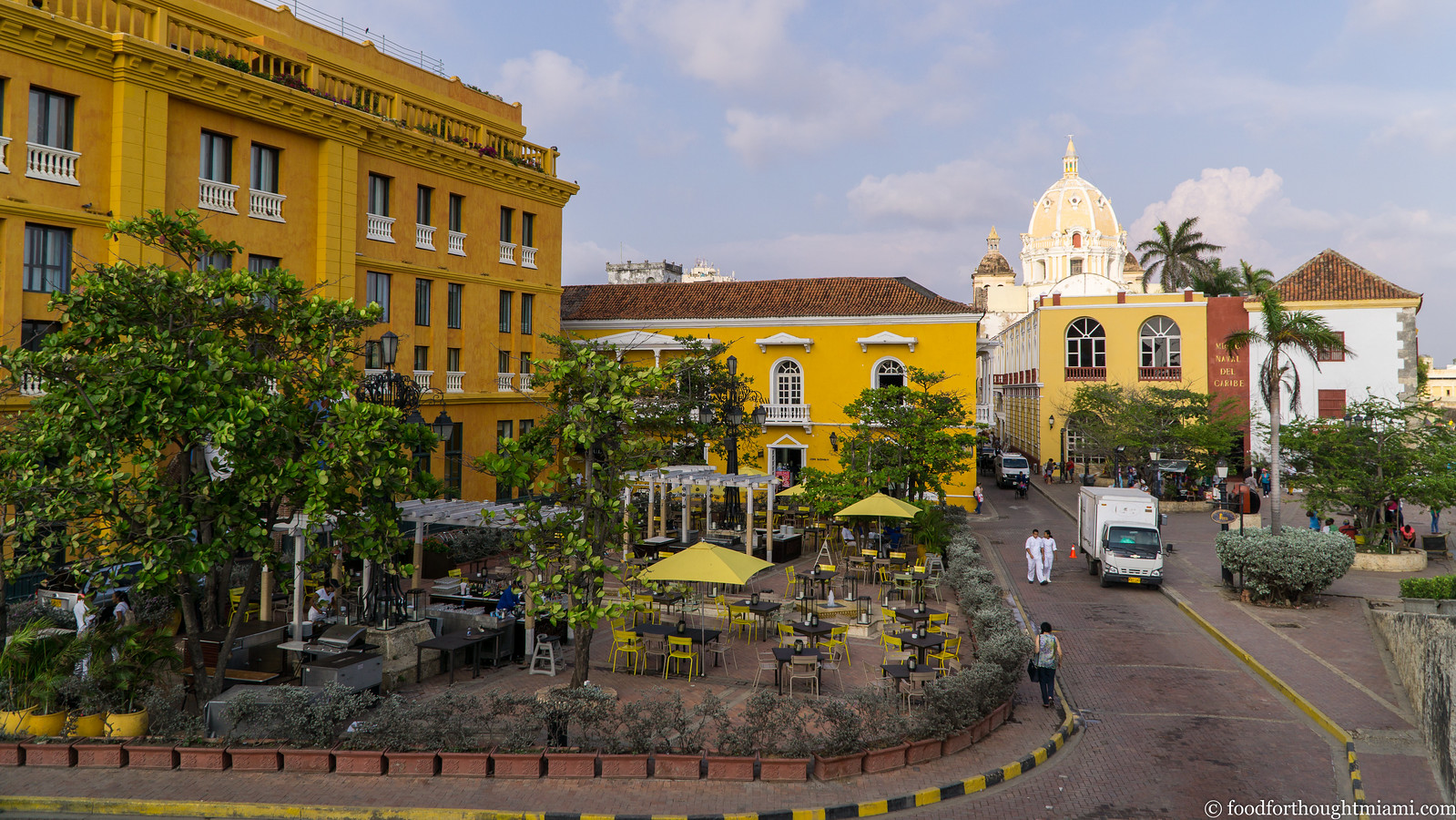
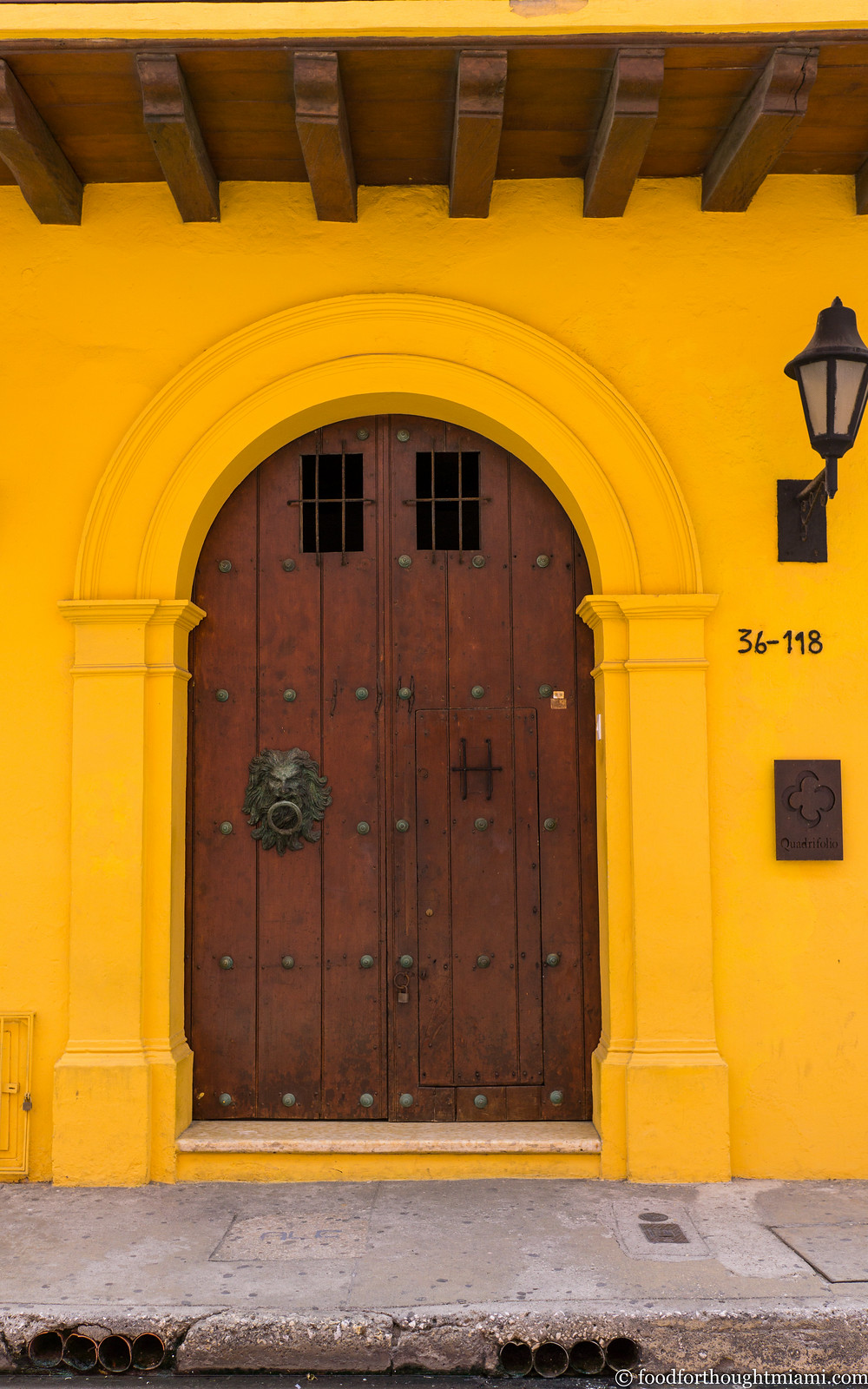

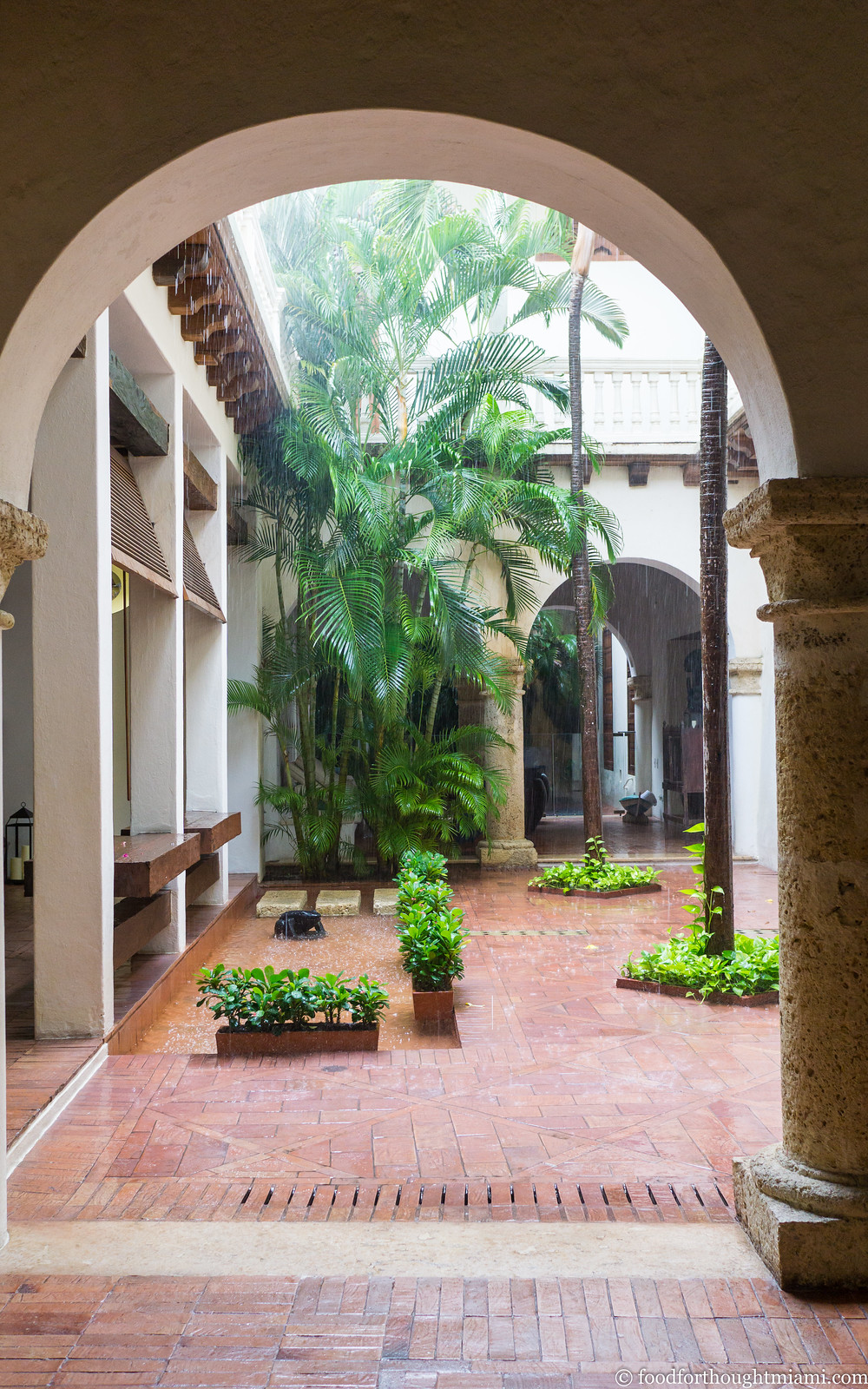
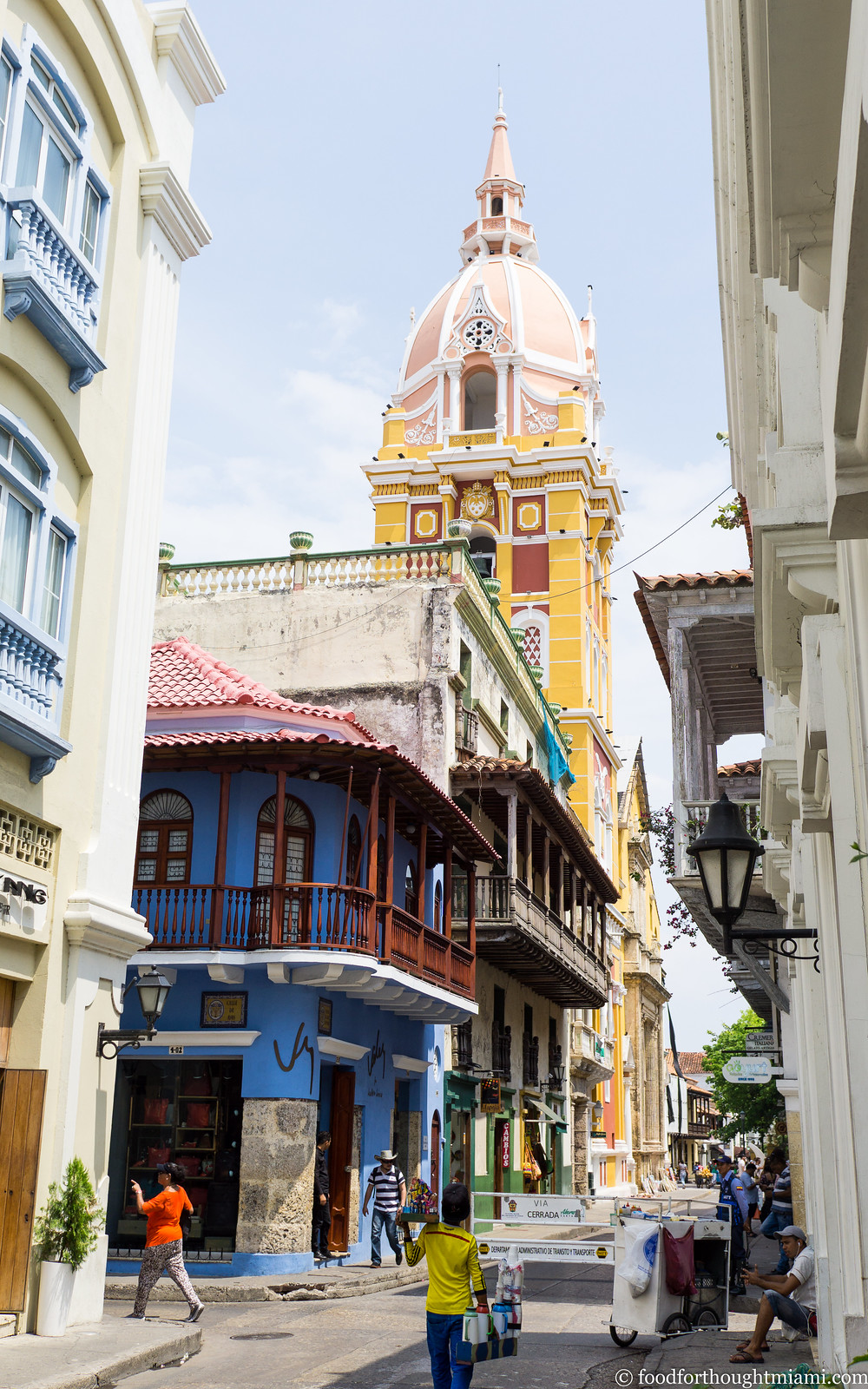
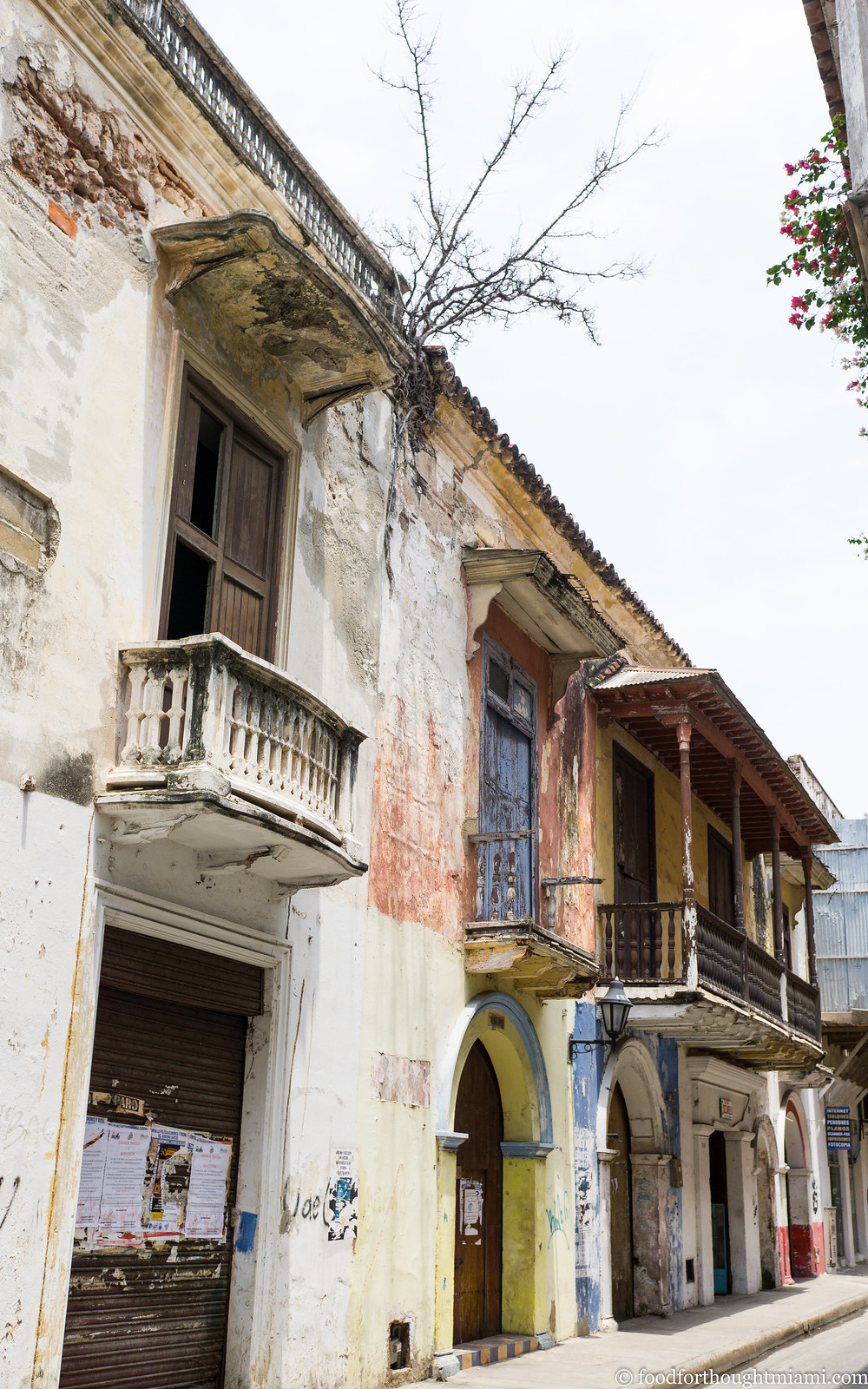
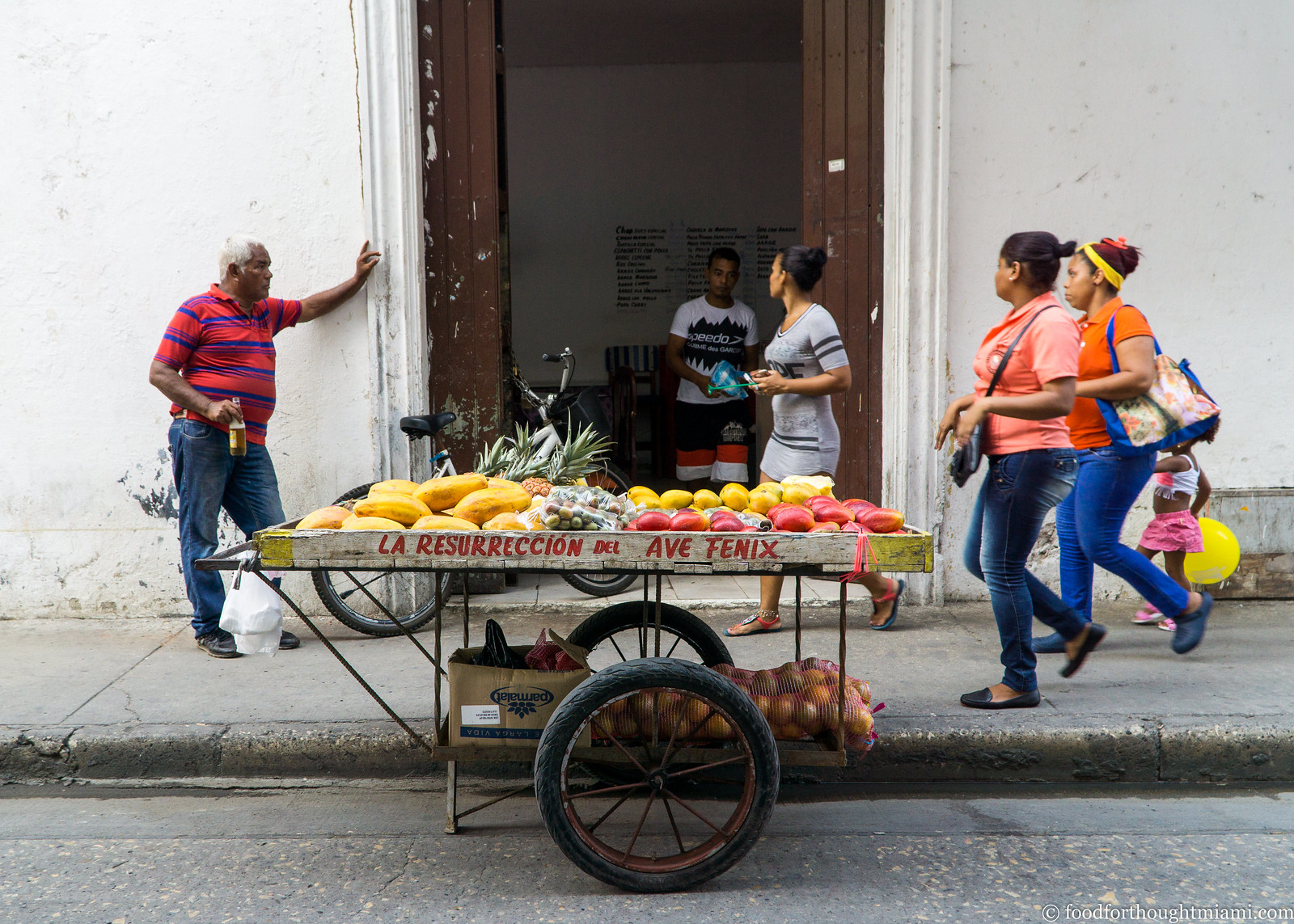
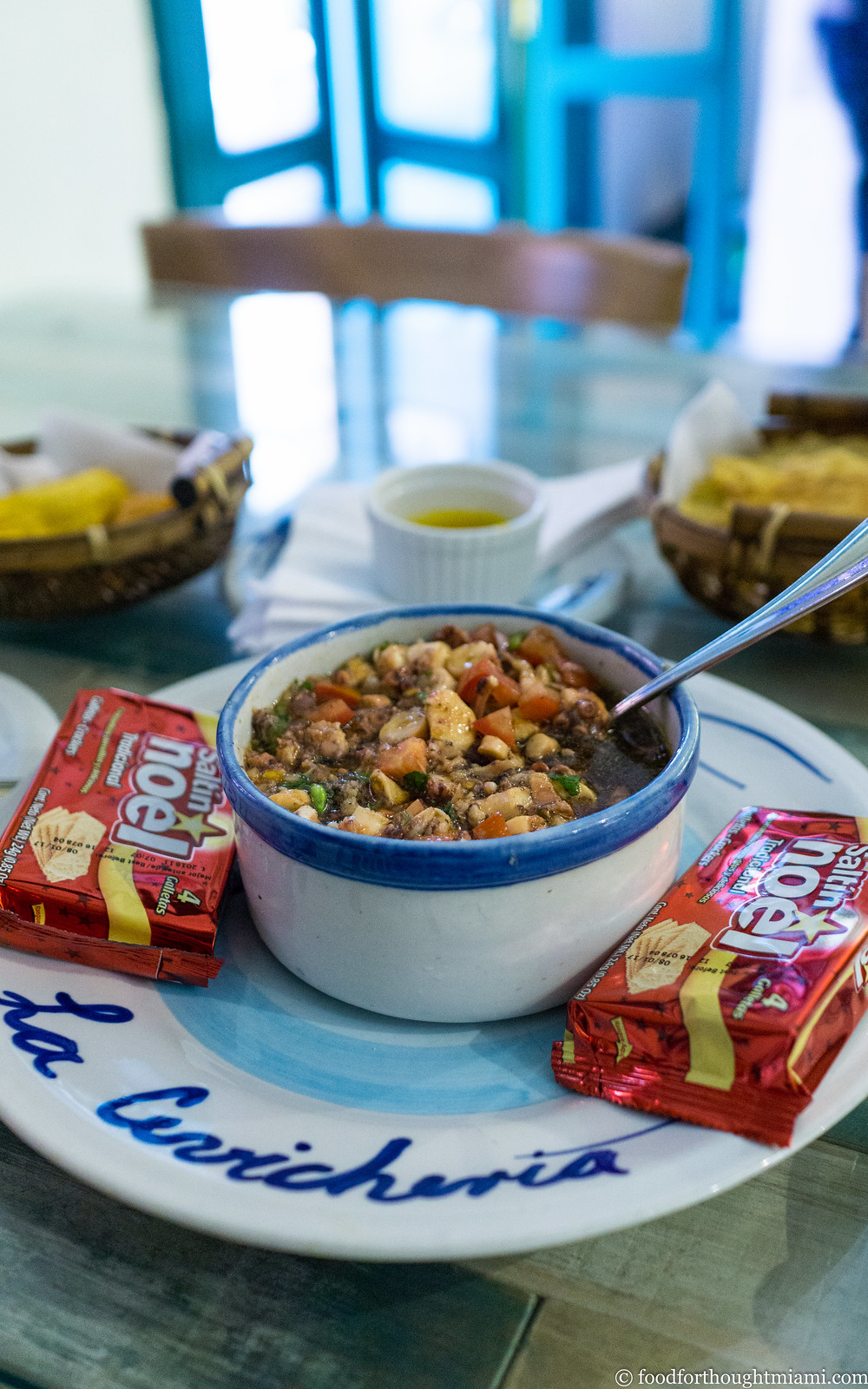
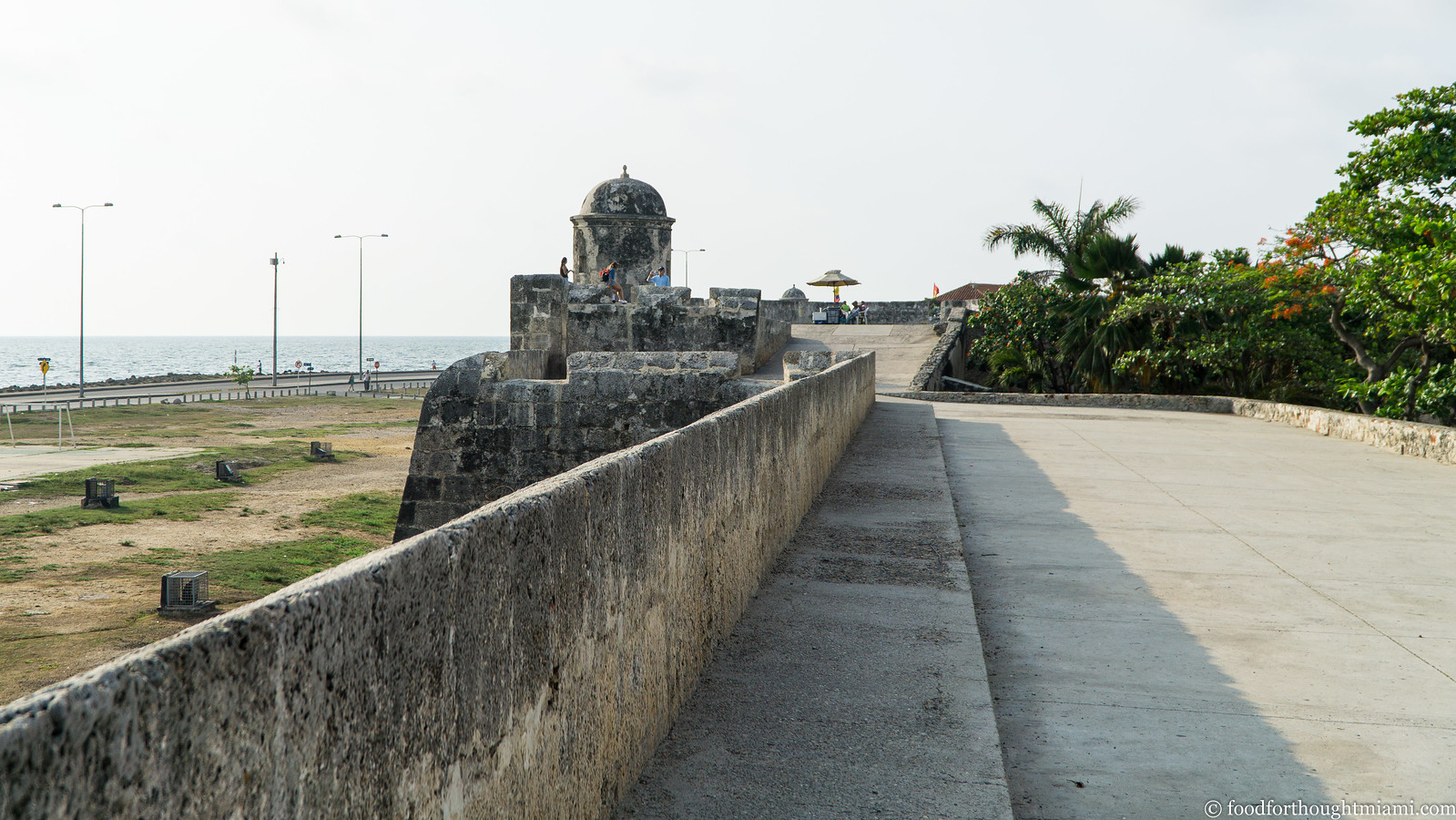
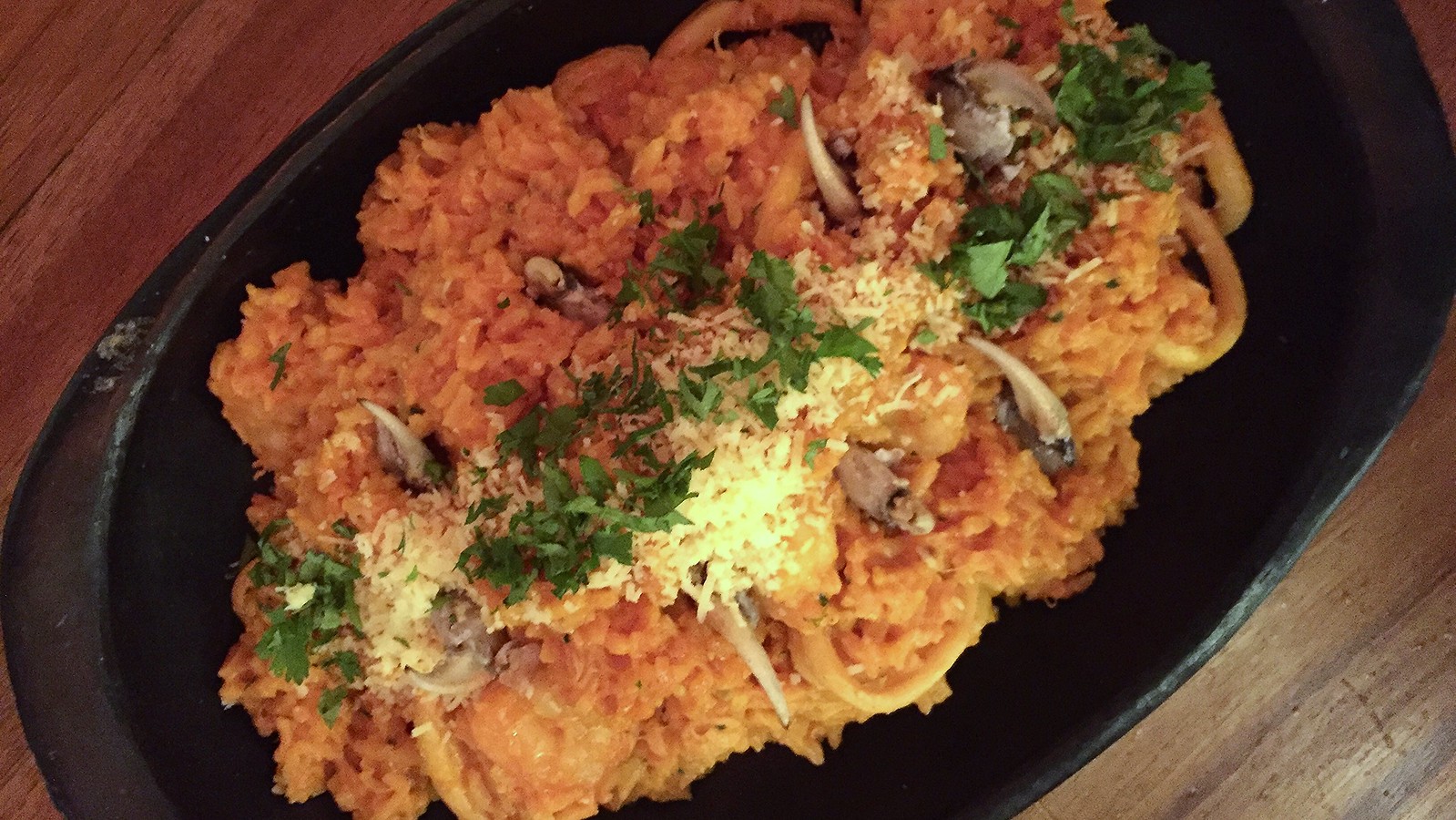
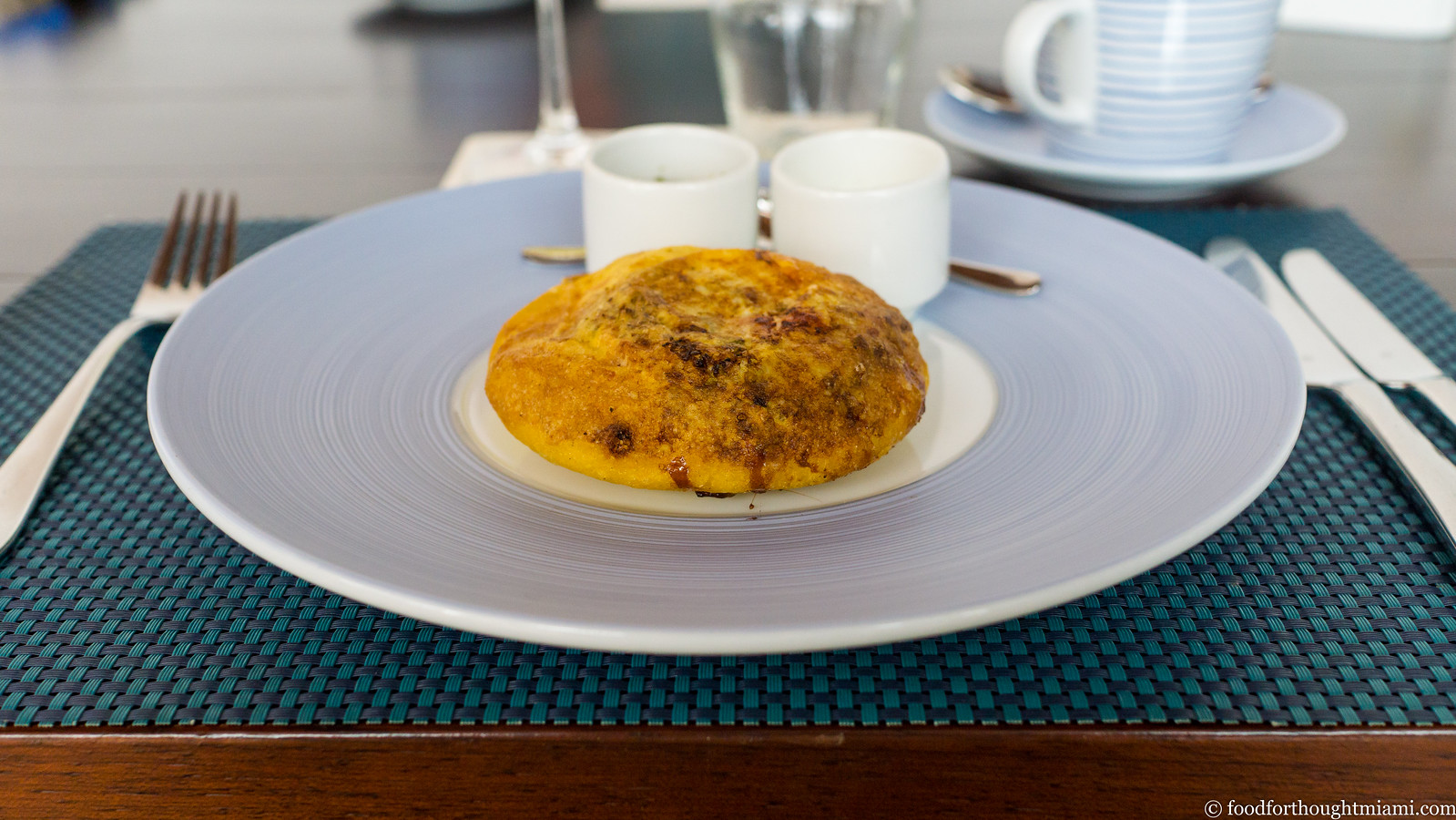
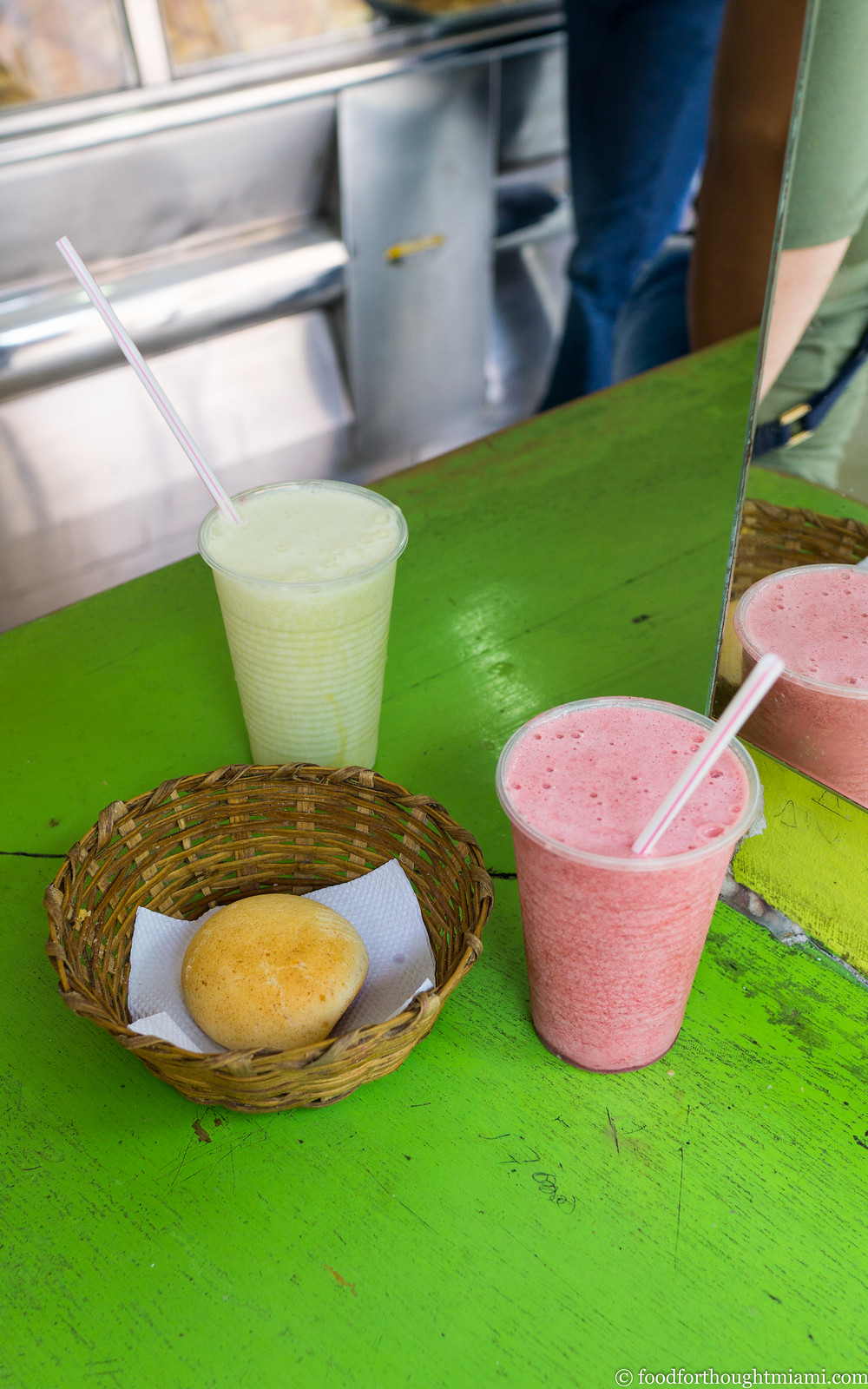
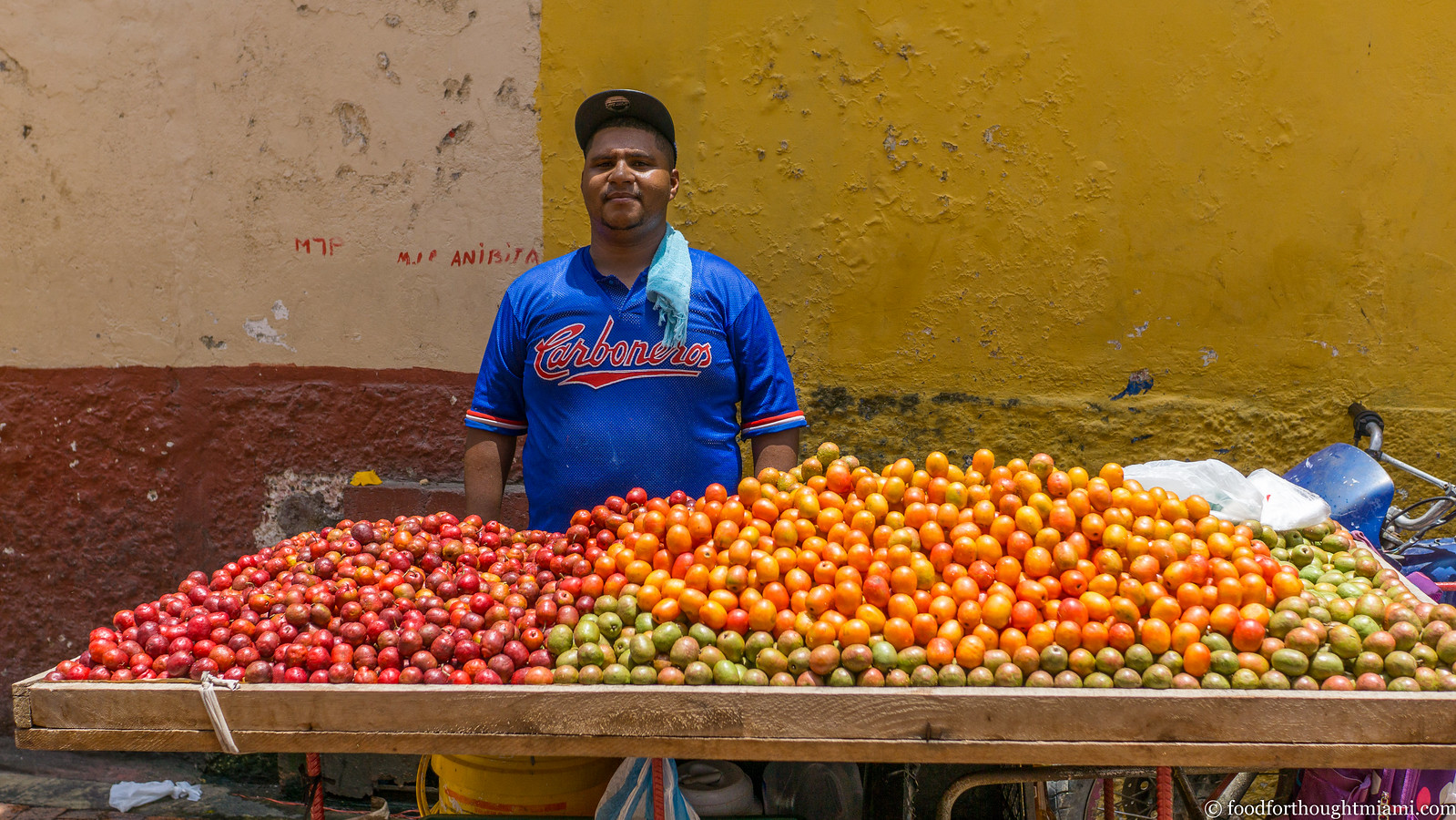



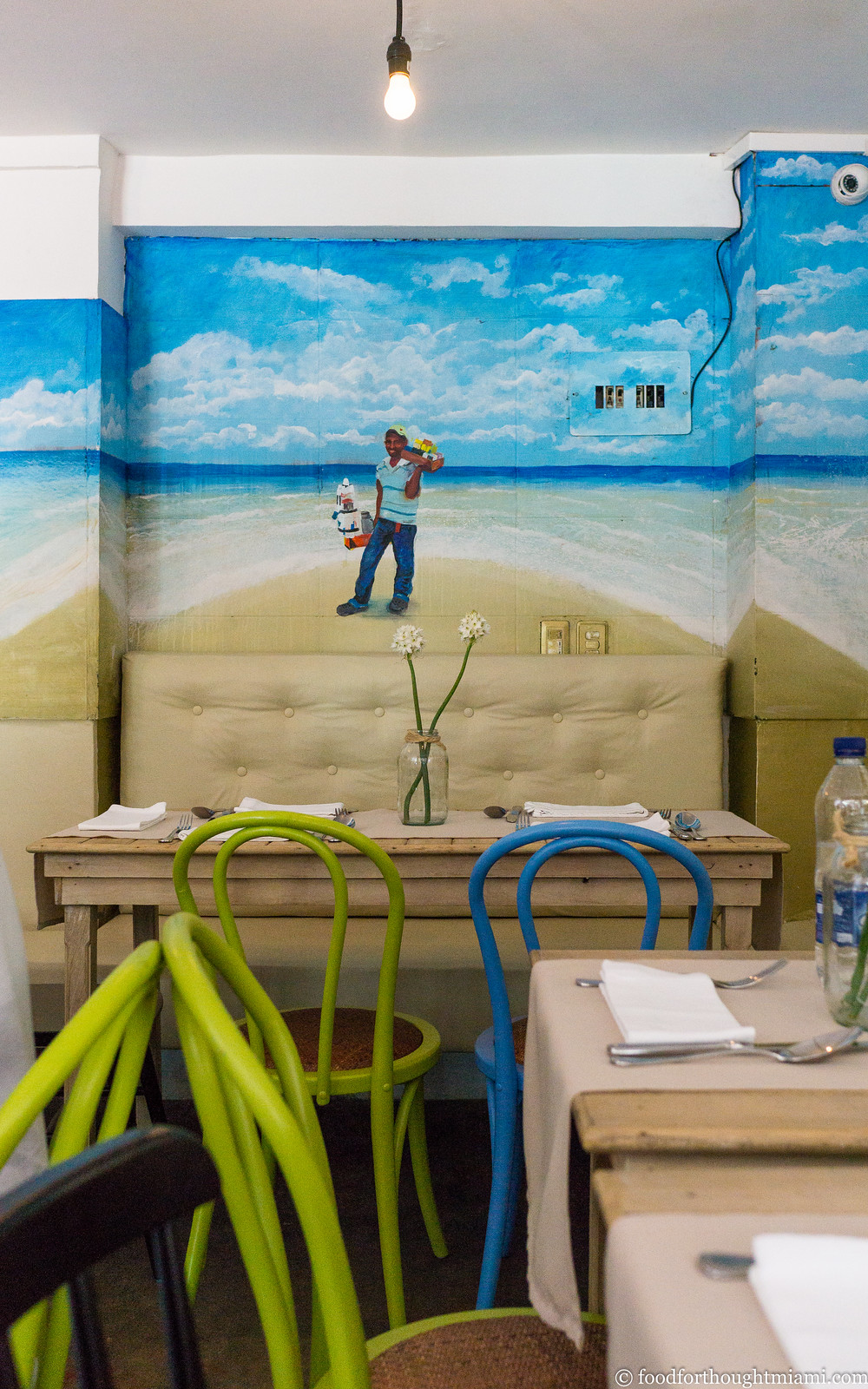



Great photos and piece Frod.
ReplyDeleteLoved reading this post and seeing your pictures. I got engaged and married in Cartagena (in the same church as Steve and Belinda) so the city holds a very special place in my heart.
ReplyDelete